Ambiguous Government advice has led to some brainstorming, especially when it comes to assessing whether or not construction sites should remain open in light of concerns around Covid-19. When it comes to making these decisions what are the respective roles of the client and the contractor? What is the best way to honour obligations under the building contract, mitigate risk overall and, in turn, manage responsibilities to tenants?
There are no easy answers. Each project needs to be looked at on a case-by-case basis, as it depends on the stage of the project, the works being undertaken, specific contract amendments and, of course, the impacts of the delay to the relevant parties.
What’s clear, however, is that first and foremost consideration should be given to the health and wellbeing of those on site. With this in mind, a lot has been done to look at how works can progress in a safe way in line with Government guidelines. How far along the project is will determine how easy this might be to accomplish.
In the early stages it tends to just be earthworks, which are carried out by people in the cabs of diggers and dumpers. This will have very different implications from those on a site where there are a number of tradespeople working in close proximity to each other while finishing the fit-out of a fully constructed building. Consequently, a number of contractors that are currently on site have ‘paused’ individual projects, in order to look at what measures can be put in place in order to work safely.
In addition to this challenge, there are also concerns around the availability of labour. It’s not unusual for tradespeople to travel up and down the country to work on site for a week. Restrictions on transportation and the fact that hotels and other accommodation are now closed makes this difficult, if not impossible.
Another concern is being able to procure materials. Contractors typically try to have one to two weeks’ worth of materials ready to use on site, but this is now being significantly reduced and is potentially going to create further delays when we eventually come out the other side.
As ever, communication is key. Regular dialogue with clients, contractors and the design team to establish what the challenges are for particular projects and how best they can be resolved is essential. Using technology for sharing information, alongside virtual meetings has been instrumental in allowing collaboration to continue.
One of the few positive impacts has been the leap in demand for logistics space. Occupiers wanting to take space quickly, mean that schedules of conditions need to happen fast. In response, technology has been used to take a detailed model of the space, which provides a true record of the building’s status upon lease commencement. This can then be reviewed at the end of the tenancy to establish what, if any, damage has occurred during occupation. It also significantly limits the length of time surveyors need to be on site, reducing any potential health risks.
While these are undoubtedly challenging times, there are proactive solutions to some of the issues the construction industry is currently facing and what’s clear is that we can come out the other end ready to go regardless of how long we are in lockdown.
Further information
Read more: What impact is Covid-19 having on UK real estate logistics?
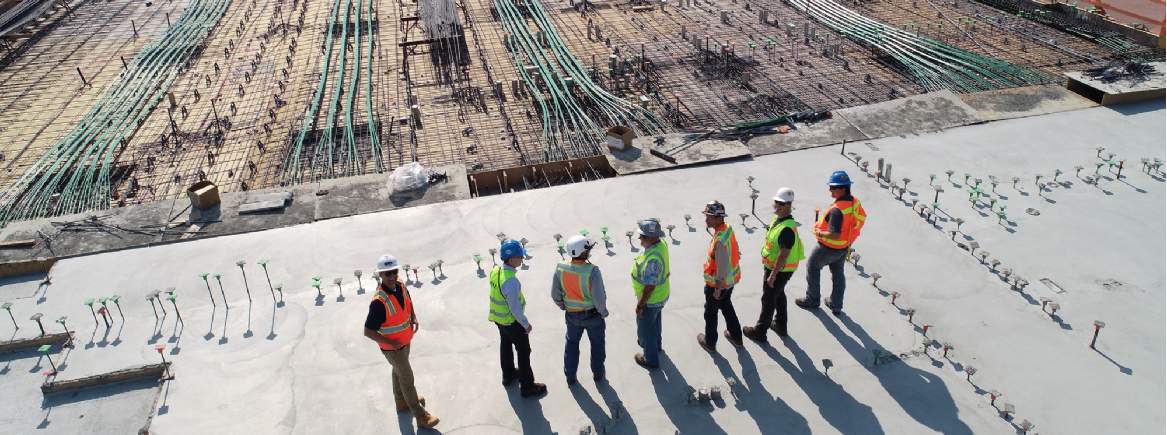

.jpg)
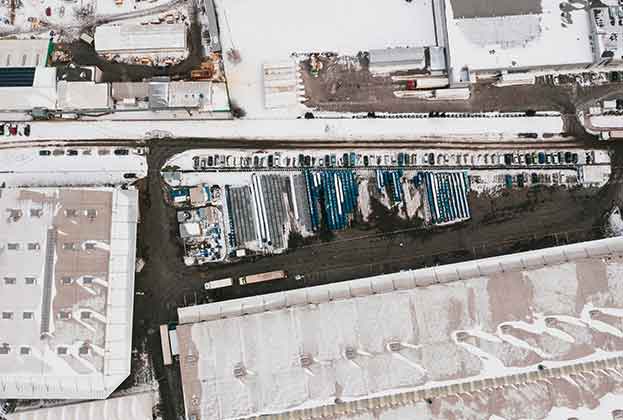
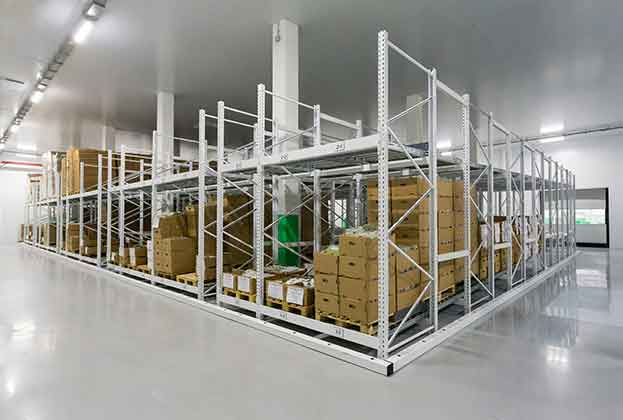
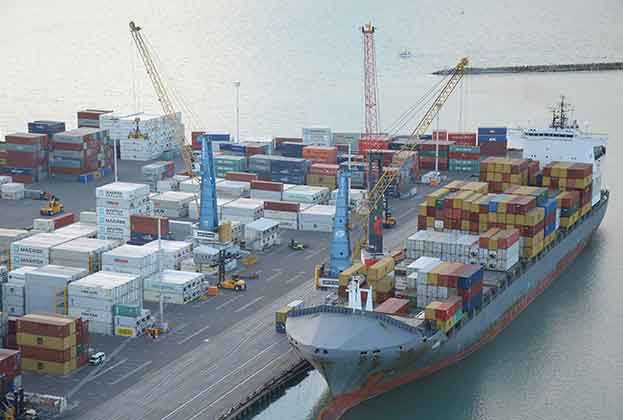
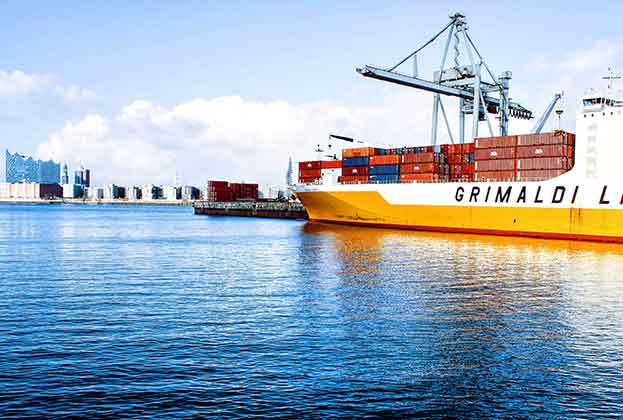

.jpg)

.jpg)